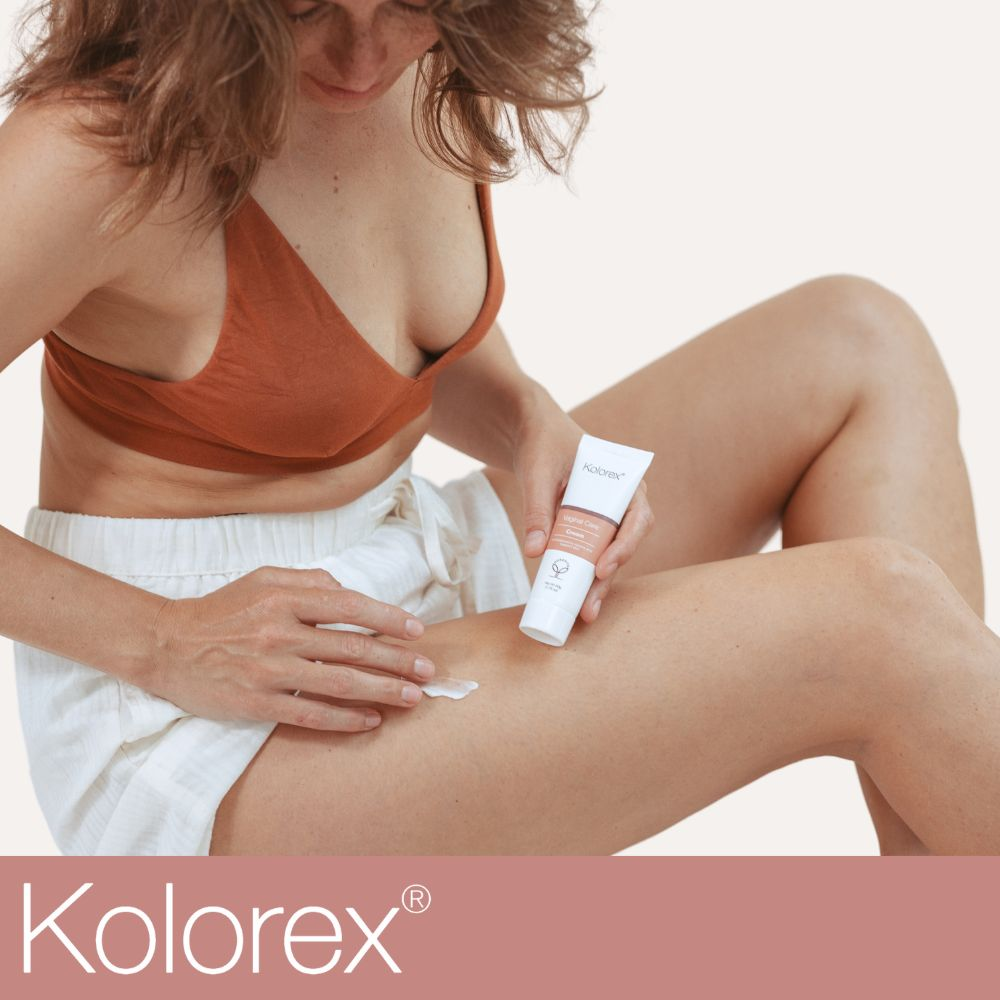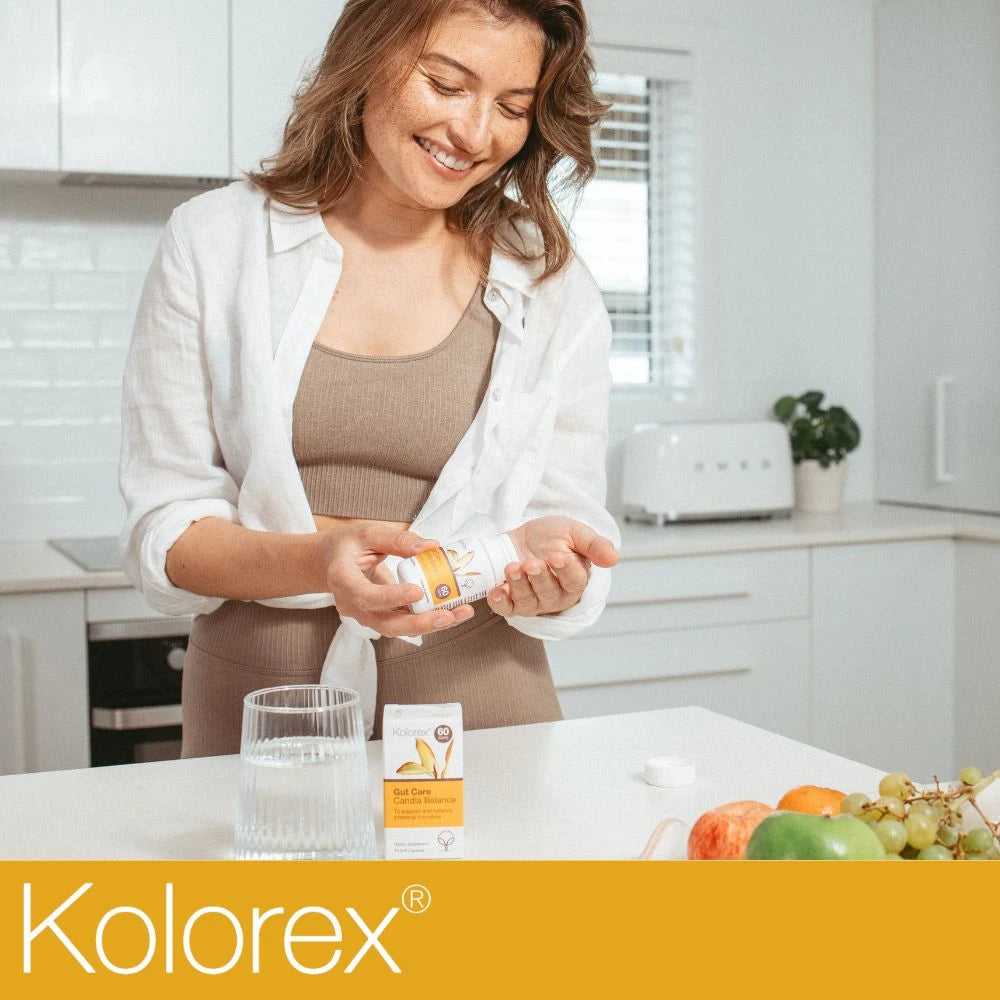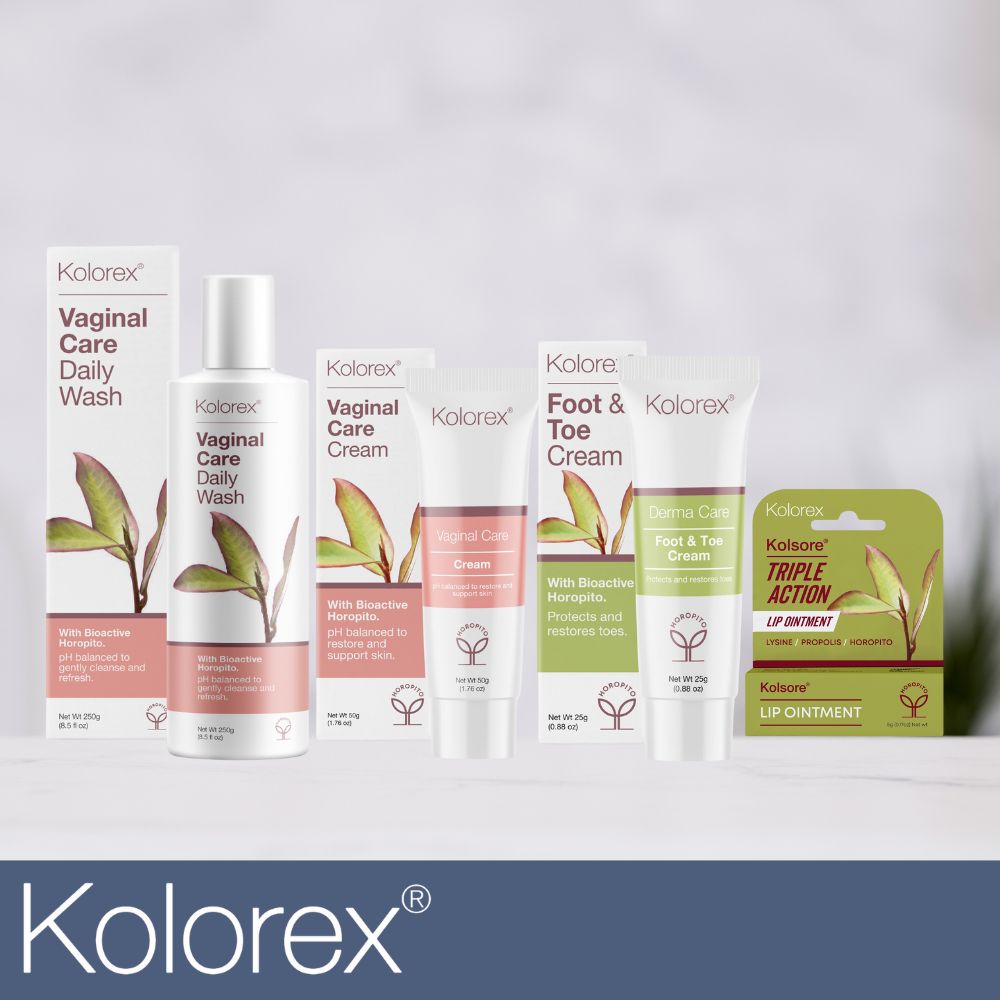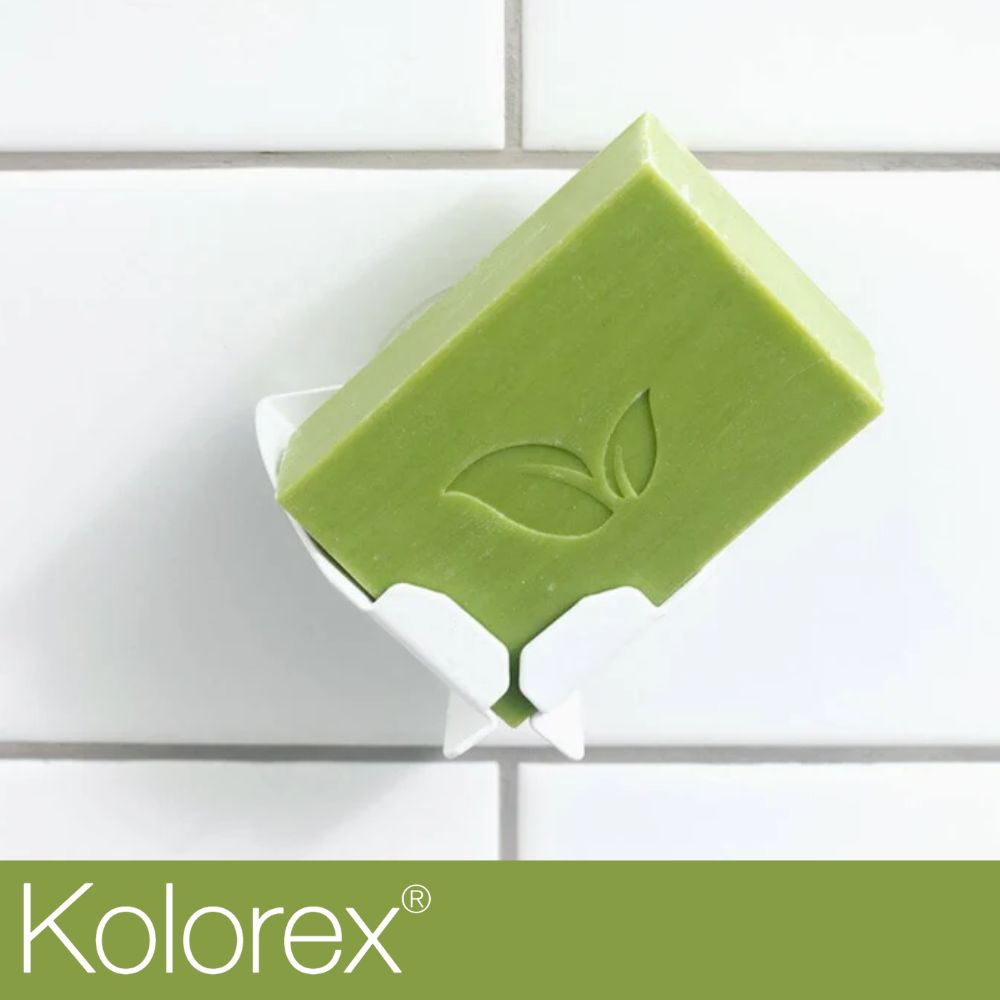The pH of your vagina is a measure of its acidity level. The pH scale ranges from zero to 14, with zero being very acidic and 14 being very alkaline or ‘basic’.
The lower the pH, the more acidic. So, a pH level below 7 is acidic, while a pH above 7 is alkaline.

A normal, healthy vaginal pH level should be around 4.5, which is closer to the acidic end of the scale. Why?
Well, the short answer is that a more acidic pH helps keep ‘bad’ bacteria and yeasts from growing. But it’s important to understand why that matters.
Our bodies are covered in communities of ‘good’ bacteria called a microbiome. The bacteria have the job of fighting off foreign invaders that can cause infections. They live in your gut, your mouth, and your genital area.
Your vaginal microbiome is mostly made up of Lactobacilli. Lactobacilli produce lactic acid, which helps keep the environment acidic enough to prevent ‘bad’ bacteria and yeasts from growing out of control.
Unfortunately, if this microbiome gets out of balance, the pH of the vagina can become less acidic. This creates prime conditions for bacteria and yeast, which can lead to unwanted problems.

What can change your vagina’s pH?
Your vaginal microbiome can be affected by lots of things: diet, antibiotics, environment, stress, and even menopause.
-
Antibiotics
Antibiotics are usually prescribed to treat a bacterial infection. However, antibiotics also kill off much of the Lactobacillus that your intimate area needs to stay healthy. Without it, Candida yeasts and harmful bacteria can easily return and grow without abandon. -
Diet
Yeast thrives on sugar! A high-sugar diet can feed yeast in your vagina allowing it to grow and spread. Several studies have also found that vaginal infections are linked to a diet lacking in nutrients, especially vitamins A, C, E, and D, and folate, calcium, and vitamin E. -
Semen
Yes, sex can change your vaginal pH. Too much semen exposure can increase pH levels, giving bacteria free rein. This can increase your risk for bacterial vaginosis. Bacteria on the penis can also overwhelm the microbiome.
To make matters worse, some lubricants contain chemicals that can reduce your vagina’s natural level of acidity. -
The pill
The contraceptive pill affects your levels of estrogen and progesterone. This may create ideal conditions for Candida yeast, upsetting the healthy balance and increasing the likelihood of developing a yeast infection.
Signs of vaginal pH imbalance
Checking yourself for symptoms of pH imbalance is the best way to prevent infections. Some common signs that your pH is in trouble include:
- A light, foamy discharge. This is typically white, grey, or greenish in colour
- A strong fishy odour
- Vaginal irritation and/or itching
- Burning or discomfort when urinating
How can I keep vaginal pH balanced?
Some practical self care actions are:
Probiotics
To have a healthy pH, your vagina needs to have the right bacteria. Probiotics containing Lactobacillus have been shown to help restore pH and maintain the ‘friendly’ bacteria of your nether region. This is especially important if you’ve already had an infection, and also after a course of antibiotics.
Herbal supplements
While your probiotic is helping to get those Lactobacilli growing again, herbs such as Horopito can support vaginal health and help keep microflora balanced.
Cut back the sugar
Reducing the amount of sugar in your diet can make a huge difference. Try to limit your intake of sugary foods like candy, biscuits, chocolate, and cake. Choose whole foods and unprocessed snacks instead of refined carbs (white bread, pasta, rice).
Don’t douche with soap
Washing out your vagina may seem like a good way to keep it ‘clean’, but this can actually do more harm than good. Douching can increase pH levels by altering the natural ecological balance. Instead, opt for a natural wash made with gentle herbs like Horopito and aloe vera to cleanse this delicate area. is a good option.
Use a condom as often as possible
Condoms don’t just help prevent pregnancy; they also help protect your vagina from bacteria and semen that can disrupt normal pH. Using a fresh condom every time will help reduce the risk of nasty infections.
If you use a lubricant, look for a product free of glycerin and petrochemicals.
Try a herbal vaginal cream
One of the drawbacks with some commercial antifungal creams is that the yeast in your vagina may become resistant to the ingredients and get worse.
A herbal vaginal cream like Kolorex Vaginal Care Cream can help. It uses Horopito, Aloe Vera, Tea Tree Oil, and Vitamin E to help you feel fresh, calm, and comfortable ‘down there’.
Your vagina is amazing and can tell you a lot about what’s going on inside your body.
Check out our socials and join the conversation to help destigmatize vaginal health on Facebook or Instagram.








